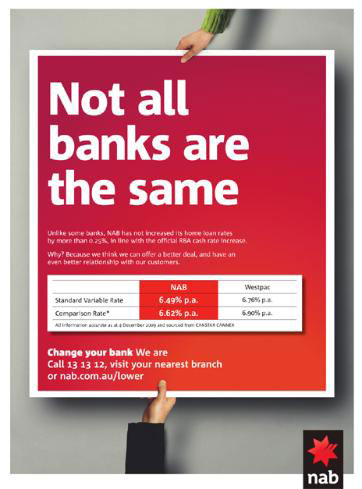A Gold IRA, also known as a Precious Metals IRA, is a retirement investment account that allows individuals to hold physical precious metals, such as gold, silver, platinum, and palladium, in a tax-advantaged manner. This type of IRA is self-directed, meaning that investors have control over the assets held within the account, including the choice of precious metals.
Investing in precious metals through a Gold IRA can be a valuable addition to a well-diversified retirement portfolio. Precious metals are often considered a hedge against inflation, economic instability, and geopolitical uncertainties. Fortunately, the rich net worth will give you peace of mind knowing that your retirement nest egg will remain safe no matter what’s happening in the stock market.
Here’s a comprehensive guide to investing in precious metals for retirement through a Gold IRA:
Types of Precious Metals

The IRS allows investors to hold certain types of precious metals in a self-directed IRA. Eligible metals typically include gold, silver, platinum, and palladium in specific forms, such as bars or coins. Not all types of metals or forms are permitted, so it’s crucial to research and understand what is allowed before making any purchases.
Choose a Custodian
To set up a Gold IRA, you’ll need to choose a custodian or a trustee who will manage the account on your behalf. Not all IRA custodians facilitate the inclusion of precious metals in their offerings, so it’s essential to find one that specializes in precious metal IRAs.
Funding the Account
You can fund your Gold IRA in various ways, such as making contributions with cash or transferring funds from an existing retirement account, such as a Traditional IRA or 401(k). It’s crucial to follow IRS guidelines for contributions and transfers to avoid tax penalties.
Purchasing Precious Metals
Once your Gold IRA is set up and funded, you can work with your chosen custodian to purchase eligible precious metals. The custodian will help ensure that you comply with IRS rules regarding the types of metals and forms allowed.
Storage
It’s important to note that you cannot physically hold the precious metals yourself. Instead, they must be stored in an IRS-approved depository or storage facility. The custodian typically handles the arrangements for secure storage.
Tax Considerations
The primary advantage of a Gold IRA is its tax-deferred or tax-free growth, depending on whether it’s a Traditional or Roth Gold IRA. With a Traditional Gold IRA, contributions are tax-deductible, and taxes are deferred until withdrawal during retirement. With a Roth Gold IRA, contributions are made with after-tax money, and qualified withdrawals during retirement are tax-free.
Diversification
As with any investment, it’s essential to diversify your retirement portfolio. While precious metals can be a valuable hedge against certain economic conditions, they shouldn’t comprise your entire retirement savings. Balancing your portfolio with various assets, such as stocks, bonds, real estate, and precious metals, can help manage risk effectively.
Fees and Costs
Gold IRAs may come with specific fees and costs, including custodial fees, storage fees, and transaction fees. Before opening …
Read More

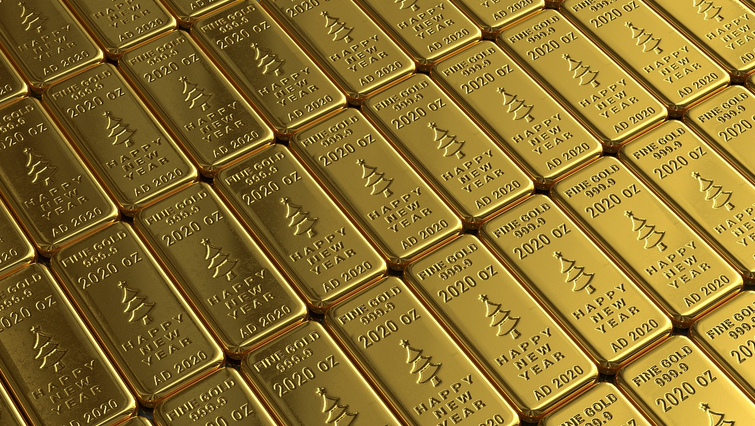
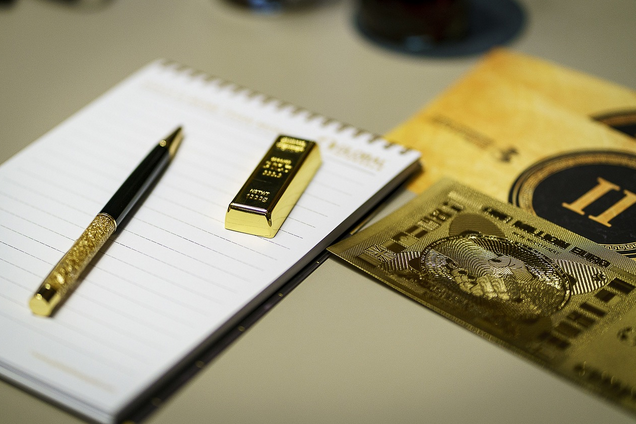
 Although a gold IRA can be an attractive investment option, several factors must be considered before opening one. First, you need to understand the types of investments allowed under the IRA guidelines and determine which will best suit your financial goals. You should also research the storage and security measures associated with each type of account and ensure you understand all related fees and taxes. Additionally, selecting a reputable gold seller or custodian to manage your account is crucial. Lastly, investors should review their options at least once yearly to ensure that their investments align with their goals.
Although a gold IRA can be an attractive investment option, several factors must be considered before opening one. First, you need to understand the types of investments allowed under the IRA guidelines and determine which will best suit your financial goals. You should also research the storage and security measures associated with each type of account and ensure you understand all related fees and taxes. Additionally, selecting a reputable gold seller or custodian to manage your account is crucial. Lastly, investors should review their options at least once yearly to ensure that their investments align with their goals.
 One of the most effective ways to teach children about money is to have them pretend to spend and sell. This activity helps them understand what it means to use money and learn how to save. To start off, you can buy or find toys representing different kinds of currency (pennies, nickels, dimes, quarters, loonies, etc.). Then you can let your children pretend to buy and sell these items with each other. Also, depending on the age of your children, you can add more complicated money activities such as exchanging different forms of currency or introducing them to investments.
One of the most effective ways to teach children about money is to have them pretend to spend and sell. This activity helps them understand what it means to use money and learn how to save. To start off, you can buy or find toys representing different kinds of currency (pennies, nickels, dimes, quarters, loonies, etc.). Then you can let your children pretend to buy and sell these items with each other. Also, depending on the age of your children, you can add more complicated money activities such as exchanging different forms of currency or introducing them to investments.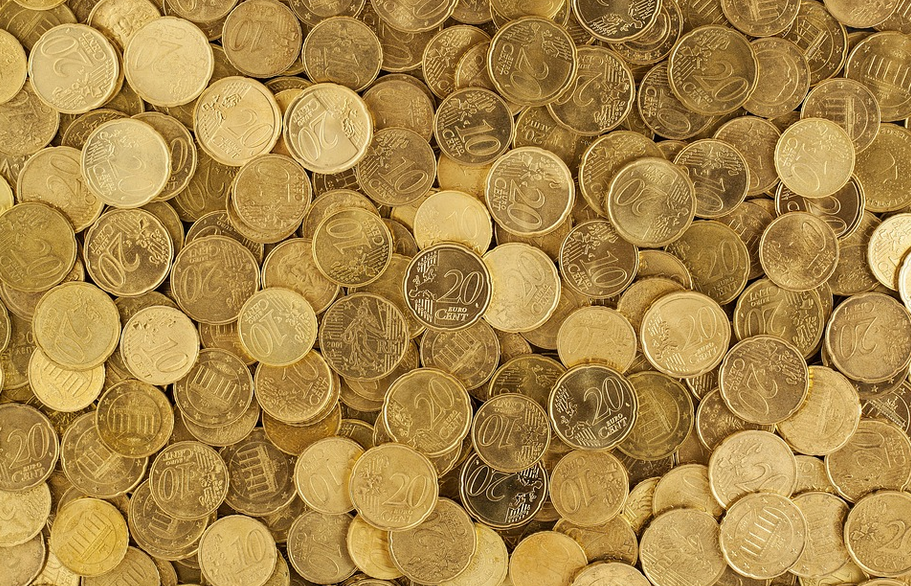
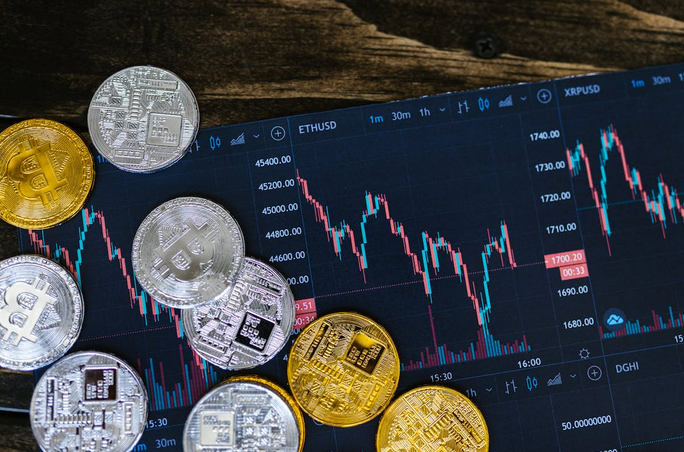
 Another significant benefit of using bots is that they can help to take emotion out of the equation. When trading cryptocurrencies, letting your emotions get the better of you is straightforward. This can lead to impulsive decisions not based on reason or logic. Bots can help to remove emotion from the equation by automatically executing trades based on pre-determined criteria.
Another significant benefit of using bots is that they can help to take emotion out of the equation. When trading cryptocurrencies, letting your emotions get the better of you is straightforward. This can lead to impulsive decisions not based on reason or logic. Bots can help to remove emotion from the equation by automatically executing trades based on pre-determined criteria. Another significant benefit of using bots is that they can help manage risk. When you’re trading cryptocurrencies, there’s always a certain amount of risk involved. This is because the prices of cryptocurrencies constantly fluctuate, and there’s always the possibility of losing money. However, if you use a bot to trade for you, you can set stop losses and take-profits.
Another significant benefit of using bots is that they can help manage risk. When you’re trading cryptocurrencies, there’s always a certain amount of risk involved. This is because the prices of cryptocurrencies constantly fluctuate, and there’s always the possibility of losing money. However, if you use a bot to trade for you, you can set stop losses and take-profits.
 One of the best things you can do for your financial future is to start investing early. The earlier you start, the more time your money has to grow. If you’re not sure how to invest, there are plenty of resources available that can help you get started. But before you invest, you should first know how to avoid making bad investment choices. If you want to know more about it, you can read an
One of the best things you can do for your financial future is to start investing early. The earlier you start, the more time your money has to grow. If you’re not sure how to invest, there are plenty of resources available that can help you get started. But before you invest, you should first know how to avoid making bad investment choices. If you want to know more about it, you can read an  The final tip for developing financial success is to live below your means. This simply means spending less money than you make. It can be difficult to do this, but it’s important to remember that you need to spend less than you earn if you want to be successful financially. Try to find ways to save money on things like groceries and entertainment so that you can have more money to put towards savings or investments. Many people today tend to live beyond their means; this is because of the impact of social media to show off what people have. Try to be mindful of this and live within your own means.
The final tip for developing financial success is to live below your means. This simply means spending less money than you make. It can be difficult to do this, but it’s important to remember that you need to spend less than you earn if you want to be successful financially. Try to find ways to save money on things like groceries and entertainment so that you can have more money to put towards savings or investments. Many people today tend to live beyond their means; this is because of the impact of social media to show off what people have. Try to be mindful of this and live within your own means.
 One of the biggest mistakes that new investors make is buying a property before paying off their debt. This can put you in a risky situation, as you could end up with two mortgages to pay if the investment goes south. It is always advisable to pay off your debt before investing in real estate. In addition to increasing your risk, it will also lower your monthly expenses and free up more money to invest in additional properties.
One of the biggest mistakes that new investors make is buying a property before paying off their debt. This can put you in a risky situation, as you could end up with two mortgages to pay if the investment goes south. It is always advisable to pay off your debt before investing in real estate. In addition to increasing your risk, it will also lower your monthly expenses and free up more money to invest in additional properties. One of the biggest challenges for new investors is coming up with a down payment. However, there are several ways to secure a down payment without selling your soul. One option is to borrow money from family or friends. You can also look into government programs that offer assistance for first-time homebuyers.
One of the biggest challenges for new investors is coming up with a down payment. However, there are several ways to secure a down payment without selling your soul. One option is to borrow money from family or friends. You can also look into government programs that offer assistance for first-time homebuyers.
 If you have multiple debts – such as credit card debt, student loans, or medical bills – it can be helpful to consolidate these debts into one loan. This will make keeping track of your payments easier and may help you save money on interest charges. There are a few different ways to consolidate debt, so be sure to explore all of your options before making a decision.
If you have multiple debts – such as credit card debt, student loans, or medical bills – it can be helpful to consolidate these debts into one loan. This will make keeping track of your payments easier and may help you save money on interest charges. There are a few different ways to consolidate debt, so be sure to explore all of your options before making a decision.
 Investing in yourself is one of the best things you can do for your
Investing in yourself is one of the best things you can do for your 
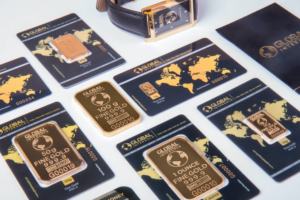 Some gold investment companies will charge you fees just to hold your gold. Others may charge fees for shipping or other services. Be sure to ask about all potential fees before you make your decision.
Some gold investment companies will charge you fees just to hold your gold. Others may charge fees for shipping or other services. Be sure to ask about all potential fees before you make your decision. If you want to be able to see your gold physically, you will need to find a company near you. However, if you are comfortable storing your
If you want to be able to see your gold physically, you will need to find a company near you. However, if you are comfortable storing your 
 Cooking food in bulk is a great way to save time and money. Make sure you use everything in your fridge before it goes wrong, so nothing gets thrown away needlessly. This will also help reduce the amount of waste you produce each week which can cut down on trash costs.
Cooking food in bulk is a great way to save time and money. Make sure you use everything in your fridge before it goes wrong, so nothing gets thrown away needlessly. This will also help reduce the amount of waste you produce each week which can cut down on trash costs. Children love to play, but toys can be expensive. Be sure to take your kids with you when shopping for new items so they can help pick out what is wanted and needed. This will reduce the likelihood of wasting money on unneeded purchases while still keeping them happy during their visit. If certain recreational items seem like a must-have, consider waiting until they go on sale. Many great deals can be found during the holiday season by simply setting up an alert and waiting for it to show up at your favorite store.
Children love to play, but toys can be expensive. Be sure to take your kids with you when shopping for new items so they can help pick out what is wanted and needed. This will reduce the likelihood of wasting money on unneeded purchases while still keeping them happy during their visit. If certain recreational items seem like a must-have, consider waiting until they go on sale. Many great deals can be found during the holiday season by simply setting up an alert and waiting for it to show up at your favorite store.
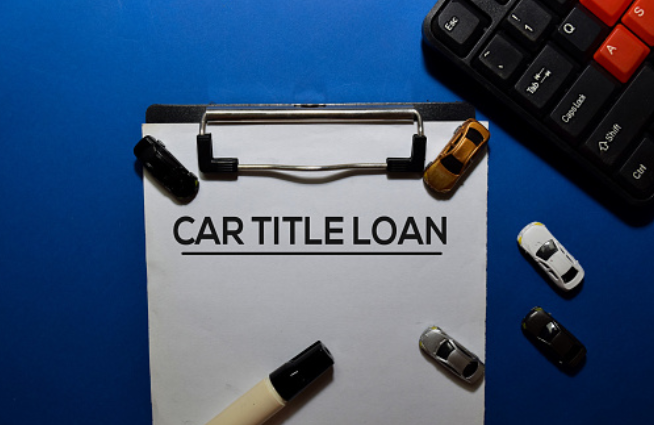
 If you get your car title loan, the interest starts to add up. Since you don’t have to add up the interest, you may have to pay off your loan before the due date to pay less. You want to make sure your lender doesn’t penalize you for creating a historical payoff before agreeing to sign your loan. In this case, it would be better to ask whether you need to pay the pre-payment penalty or not. Thus, you won’t be surprised by the amount of your debt.
If you get your car title loan, the interest starts to add up. Since you don’t have to add up the interest, you may have to pay off your loan before the due date to pay less. You want to make sure your lender doesn’t penalize you for creating a historical payoff before agreeing to sign your loan. In this case, it would be better to ask whether you need to pay the pre-payment penalty or not. Thus, you won’t be surprised by the amount of your debt.
 Another good thing about this money is that it allows easy, cheap, and simple transactions. Today’s major currencies are difficult to make, especially in large amounts. Apart from that, it is quite risky to choose millions of dollars to meet your purchasing needs.
Another good thing about this money is that it allows easy, cheap, and simple transactions. Today’s major currencies are difficult to make, especially in large amounts. Apart from that, it is quite risky to choose millions of dollars to meet your purchasing needs.

 When traveling abroad, attending a different airport is unavoidable. Every airport would have foreign taxes to charge, including the government taxes and entry fees, and they might change without notice. Therefore, ensure you are up to date with the latest information on these expenses and put money aside to pay for them. Make sure to set aside a sum of money to cover last-minute costs. Events abroad, such as increased security measures, can drive up airport prices overnight, and these additional expenses may be enough to cause tax problems if you extend your trip.
When traveling abroad, attending a different airport is unavoidable. Every airport would have foreign taxes to charge, including the government taxes and entry fees, and they might change without notice. Therefore, ensure you are up to date with the latest information on these expenses and put money aside to pay for them. Make sure to set aside a sum of money to cover last-minute costs. Events abroad, such as increased security measures, can drive up airport prices overnight, and these additional expenses may be enough to cause tax problems if you extend your trip. Of course, you have to analyze the exchange rate carefully when planning to travel abroad. Always keep an eye on the changes from one month until your trip so that you can exchange your money for a vacation in a sound currency value. If you postpone this purchase until the last moment, you might risk conflict with a falling exchange rate. This way, you would not have sufficient vacation allowance to enjoy things in your destination.
Of course, you have to analyze the exchange rate carefully when planning to travel abroad. Always keep an eye on the changes from one month until your trip so that you can exchange your money for a vacation in a sound currency value. If you postpone this purchase until the last moment, you might risk conflict with a falling exchange rate. This way, you would not have sufficient vacation allowance to enjoy things in your destination.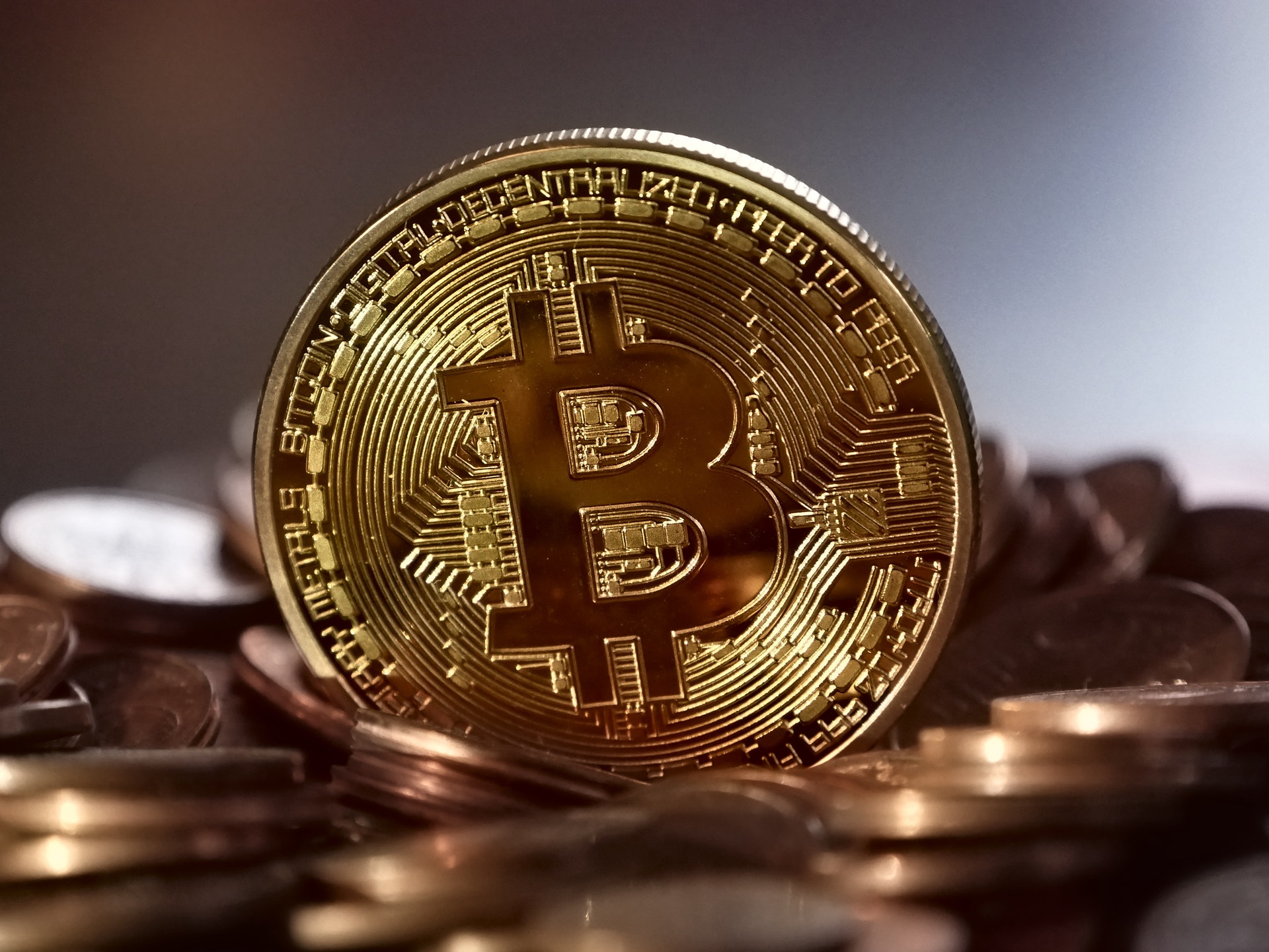
 Since CFD trading is believed to be a leveraged alternative, a position will likely be opened on what we call “margin.” In cases like this, the value of the deposit is a small percentage of the transaction value. Therefore, you could enjoy wonderful market exposure without spending a lot of money.
Since CFD trading is believed to be a leveraged alternative, a position will likely be opened on what we call “margin.” In cases like this, the value of the deposit is a small percentage of the transaction value. Therefore, you could enjoy wonderful market exposure without spending a lot of money.
 One of the main concerns you have when deciding whether to look for a loan on the Internet quickly is whether the loan is adequate to get something you need or just something you want. There is nothing wrong with borrowing money for things you would like to have. But if you are not sure you can afford every single payment, then maybe you should wait a while. This is one of the most important things that you need to think about before deciding to get a loan. Ask yourself if you really need to borrow money to buy a certain item. This is also important so that you wont be bankrupt in the future.
One of the main concerns you have when deciding whether to look for a loan on the Internet quickly is whether the loan is adequate to get something you need or just something you want. There is nothing wrong with borrowing money for things you would like to have. But if you are not sure you can afford every single payment, then maybe you should wait a while. This is one of the most important things that you need to think about before deciding to get a loan. Ask yourself if you really need to borrow money to buy a certain item. This is also important so that you wont be bankrupt in the future. Not everyone who wants to take out a fast online loan no longer considers what the loan they are asking for will cost them every month. The first loan payments are usually quite easy to prepare in time. But insufficient preparation can cause several late payments. This can be particularly detrimental to Internet lending, as many people use an automatic debit function that withdraws money from their accounts on a specific day each month. If you have not established the funds by then, you will be charged a number of fees and penalties for not having enough funds to make your withdrawal.…
Not everyone who wants to take out a fast online loan no longer considers what the loan they are asking for will cost them every month. The first loan payments are usually quite easy to prepare in time. But insufficient preparation can cause several late payments. This can be particularly detrimental to Internet lending, as many people use an automatic debit function that withdraws money from their accounts on a specific day each month. If you have not established the funds by then, you will be charged a number of fees and penalties for not having enough funds to make your withdrawal.…
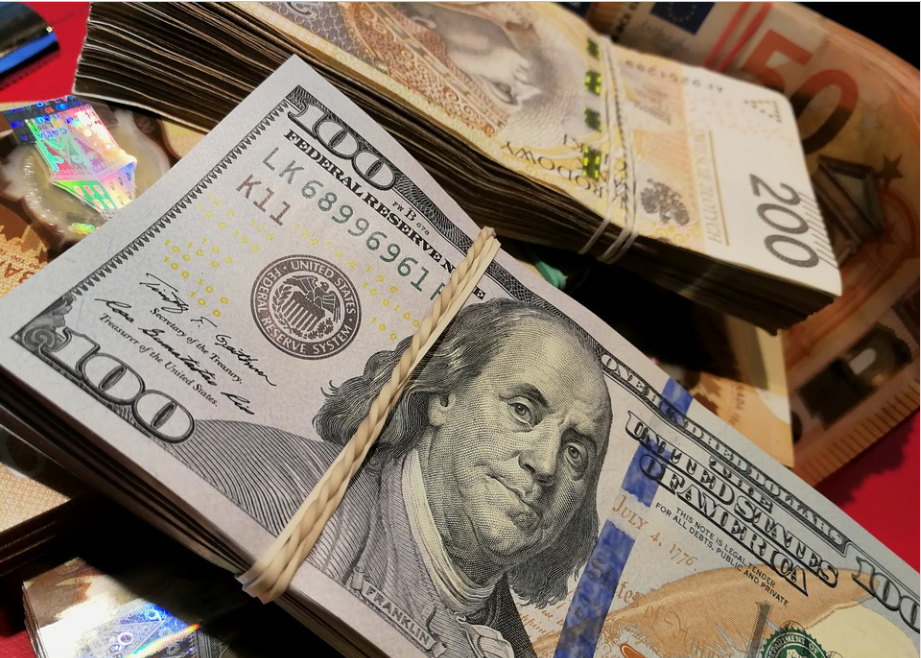
 Some creditors will allow you to change the maturity if they think you will pay the debt in half the time. However, this may not be a choice that creditors are willing to make. Ask your lender if he will allow you to pay the debt sooner or later and how the change will affect your interest rate and your monthly payments. Although this is only one of the most important details that govern our decisions, you should not be intimidated by bad publicity. A lower interest rate is a good thing, but it also usually means that payments will continue for a longer period. If the interest rate is reasonable for the loan duration, you can continue with the papers.
Some creditors will allow you to change the maturity if they think you will pay the debt in half the time. However, this may not be a choice that creditors are willing to make. Ask your lender if he will allow you to pay the debt sooner or later and how the change will affect your interest rate and your monthly payments. Although this is only one of the most important details that govern our decisions, you should not be intimidated by bad publicity. A lower interest rate is a good thing, but it also usually means that payments will continue for a longer period. If the interest rate is reasonable for the loan duration, you can continue with the papers.

 Know where your money is all about. Unlike what you might believe, not all of the cash is wasted or belongs to apps that don’t have anything to do with you. Keeping careful financial records during the year and being mindful of what is coming in and going out will help keep stress to a minimum.
Know where your money is all about. Unlike what you might believe, not all of the cash is wasted or belongs to apps that don’t have anything to do with you. Keeping careful financial records during the year and being mindful of what is coming in and going out will help keep stress to a minimum.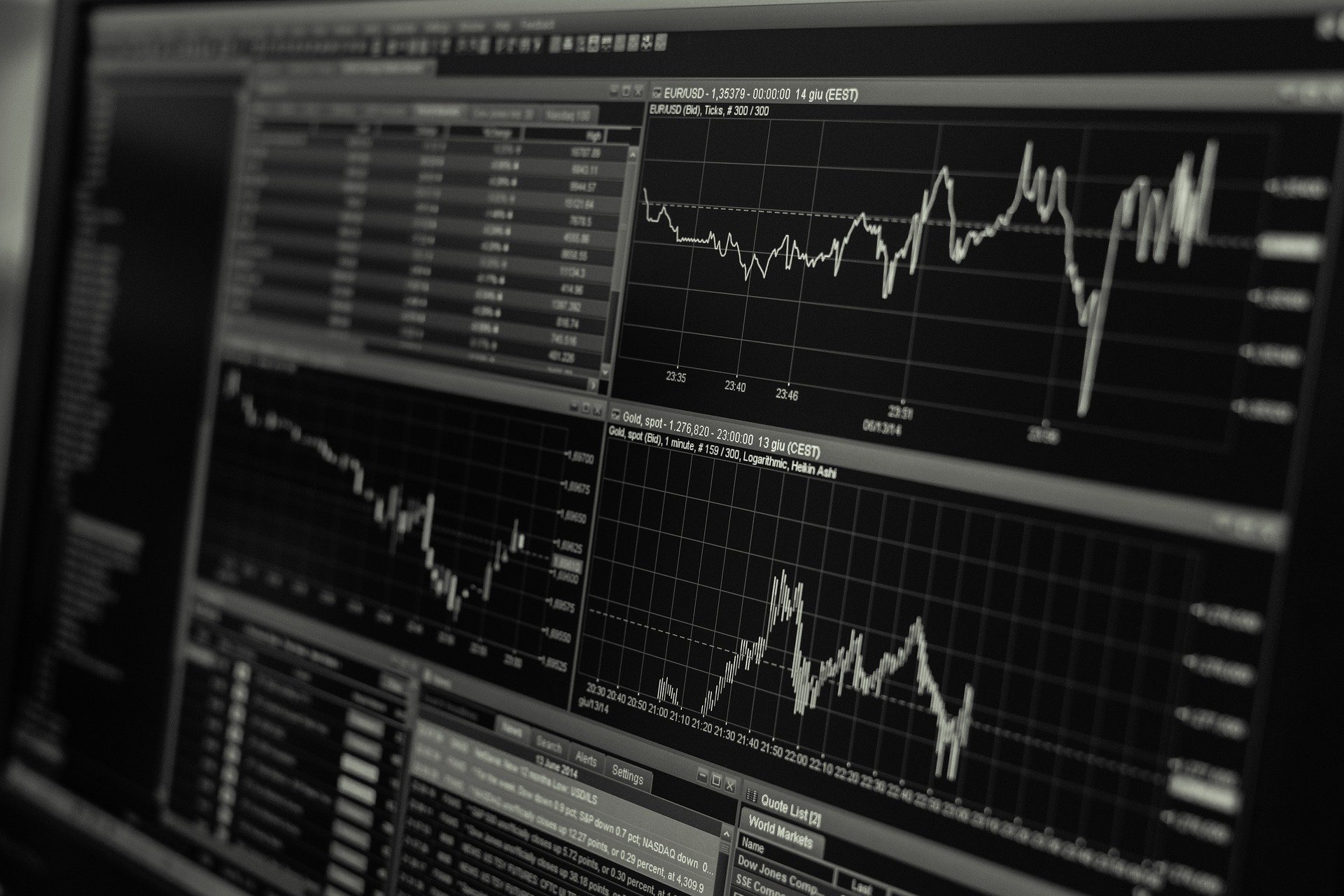
 It is the use of traders’ trading venues to start your trading place. To benefit from this type of trading, you need to use it. Several brokers have developed platforms, but be sure to look for the ideal trading place.
It is the use of traders’ trading venues to start your trading place. To benefit from this type of trading, you need to use it. Several brokers have developed platforms, but be sure to look for the ideal trading place. Whether on your PC or the phone, you have been drawn to currency trading. Now that you can trade with intellectual work, the era of brainstorming is over. Forex trading is not late, as more and more people are making money, just as the media are leading the world. The caveat is that you should take advantage of a trading platform that lets you connect winners with a service that supports them.
Whether on your PC or the phone, you have been drawn to currency trading. Now that you can trade with intellectual work, the era of brainstorming is over. Forex trading is not late, as more and more people are making money, just as the media are leading the world. The caveat is that you should take advantage of a trading platform that lets you connect winners with a service that supports them.

 It is important to ask questions to determine whether an insurance company is an excellent choice for you. Ask your broker for these questions, for example, what your insurance covers and what it does not cover. Ask if the government supports your policy. Do not forget to ask for the payment you expect to receive if you are paid.
It is important to ask questions to determine whether an insurance company is an excellent choice for you. Ask your broker for these questions, for example, what your insurance covers and what it does not cover. Ask if the government supports your policy. Do not forget to ask for the payment you expect to receive if you are paid.
 Financial recognition, Your results will be evaluated and financial awareness can be achieved through preparation when financial goals are set and the impact of decisions is understood.
Financial recognition, Your results will be evaluated and financial awareness can be achieved through preparation when financial goals are set and the impact of decisions is understood. Appropriate preparation takes into account aspects such as liability management, risk management, liquidity management, investment planning and goal setting.
Appropriate preparation takes into account aspects such as liability management, risk management, liquidity management, investment planning and goal setting.

